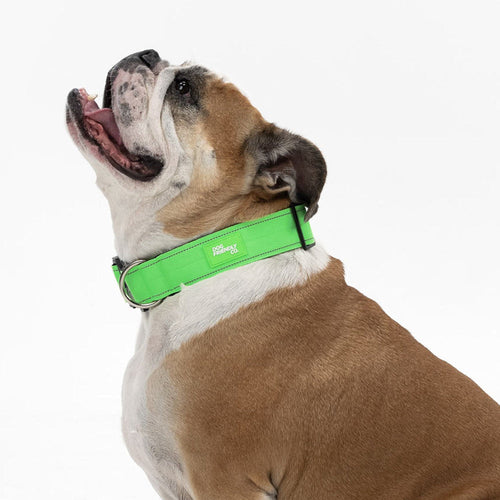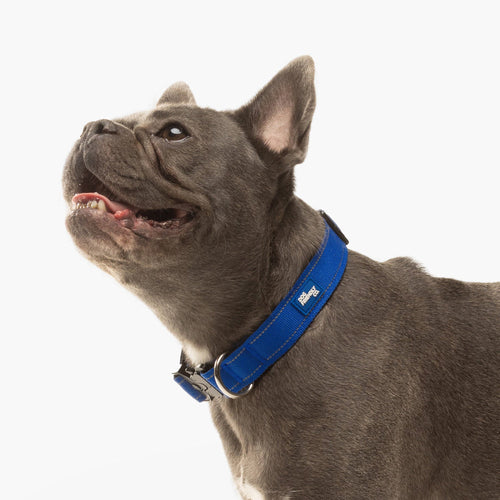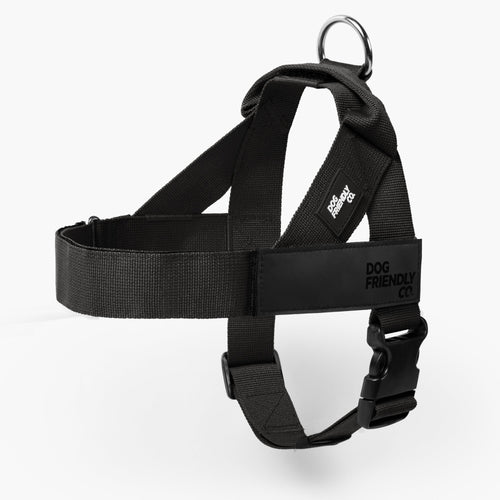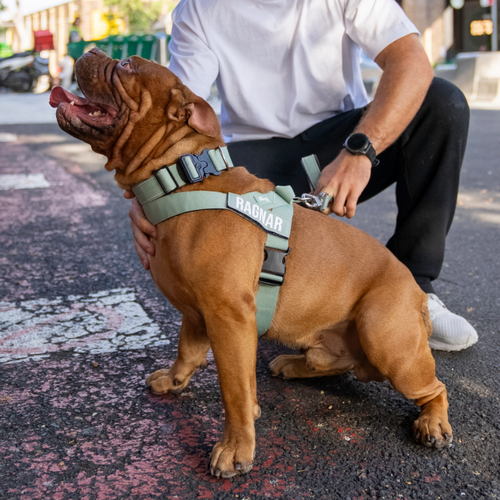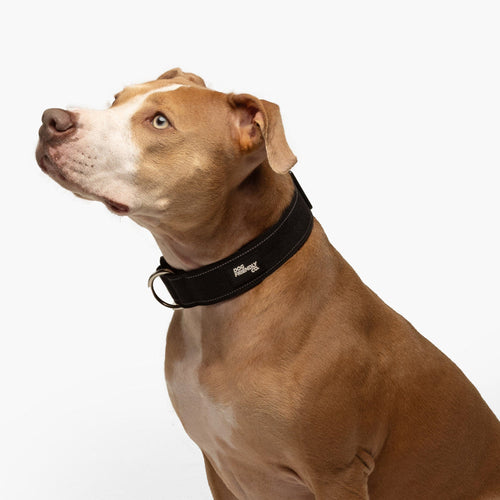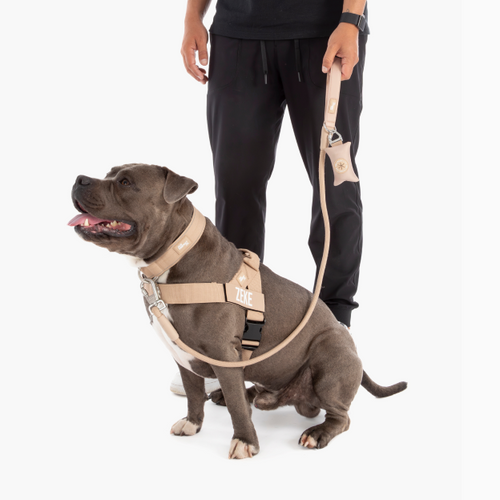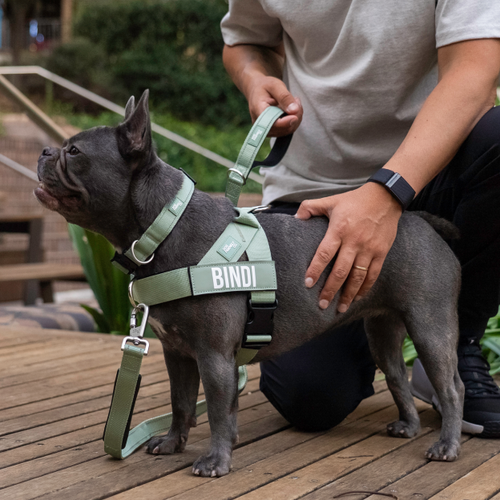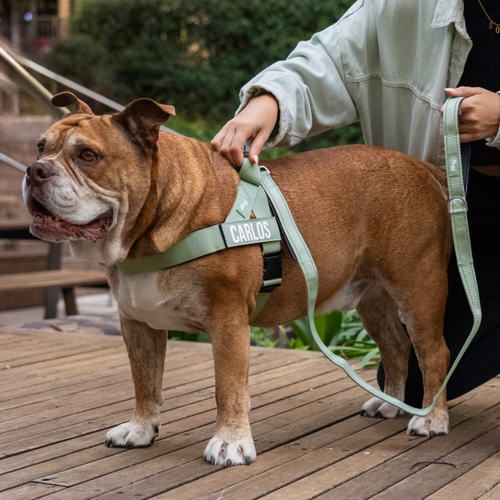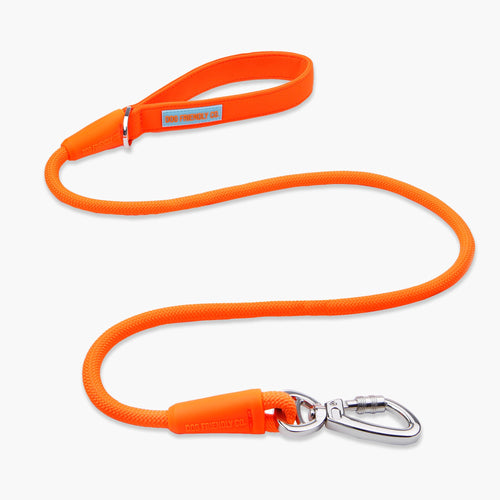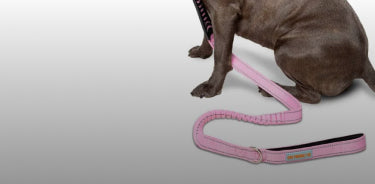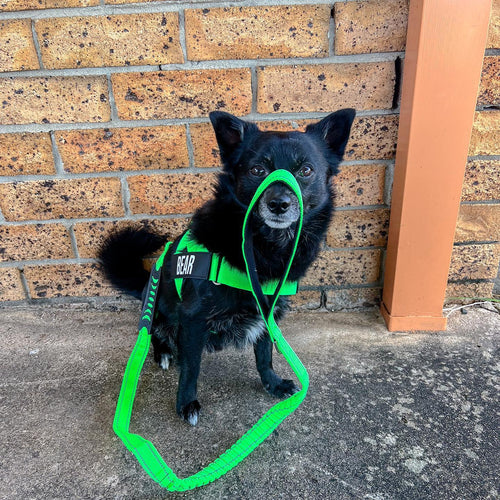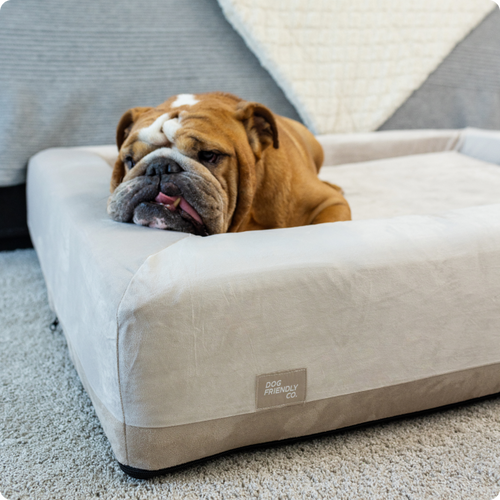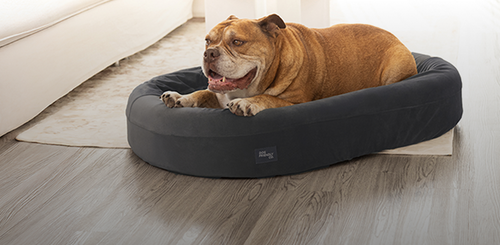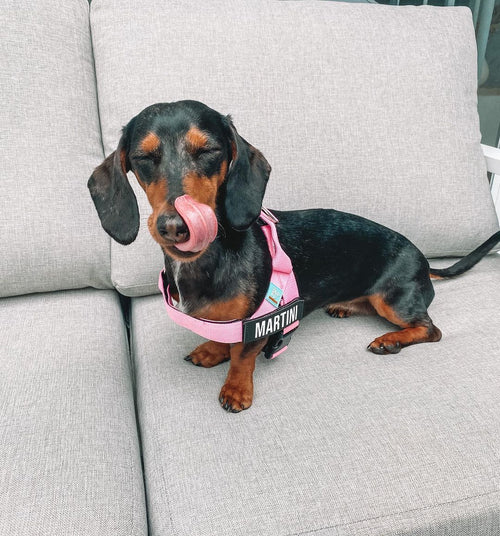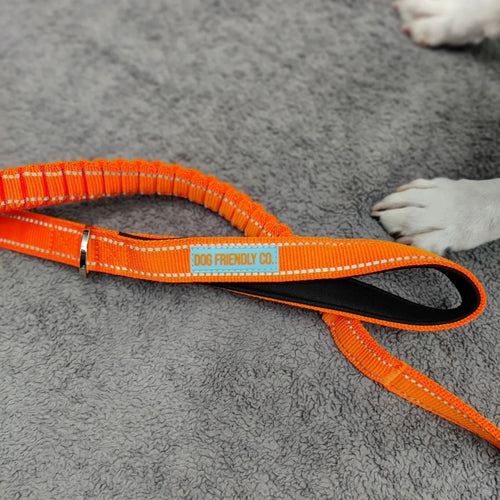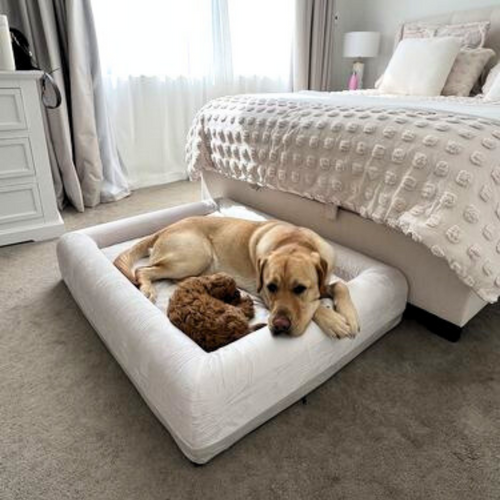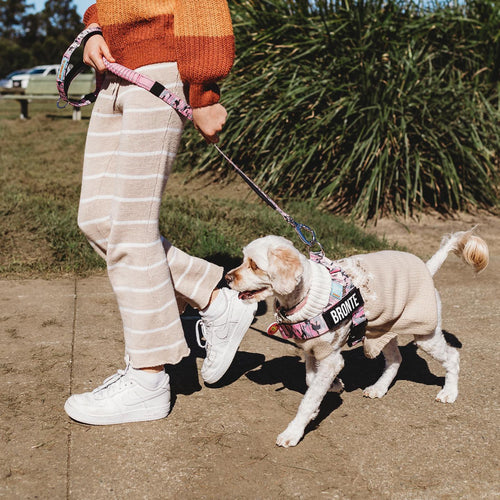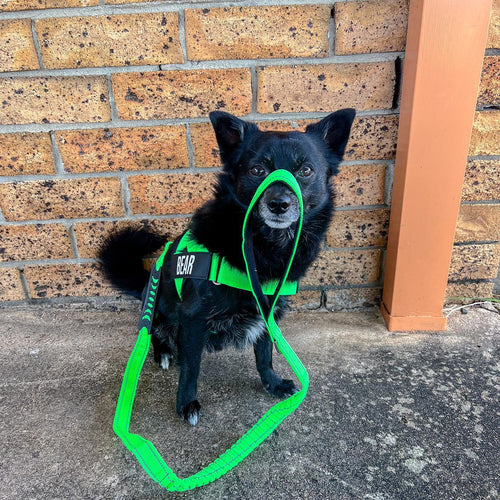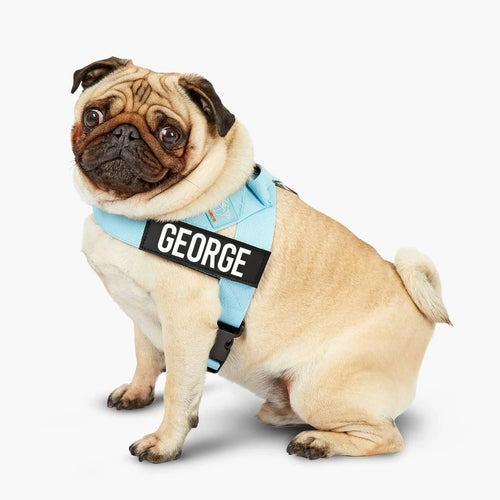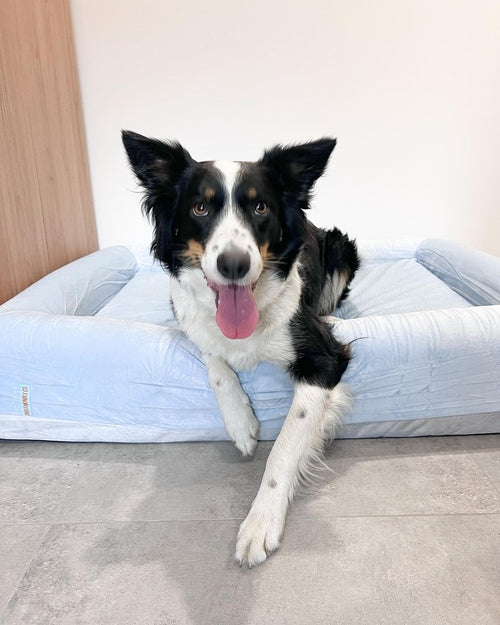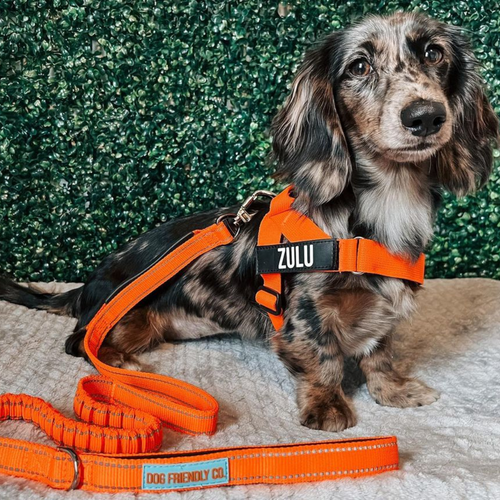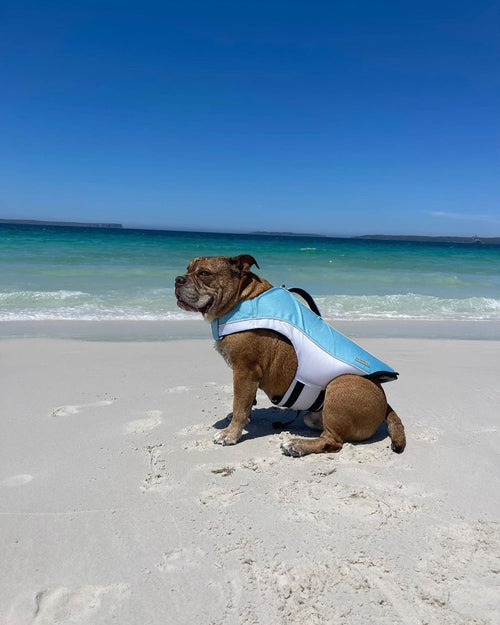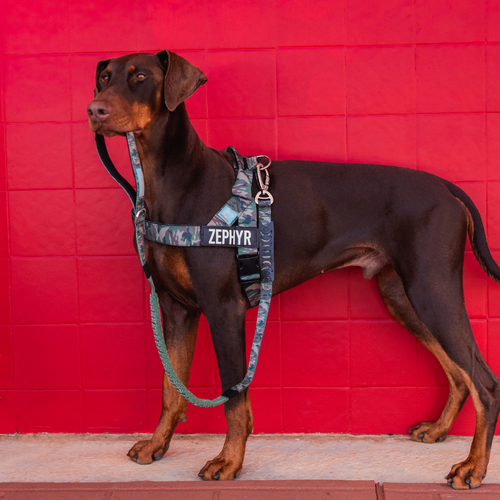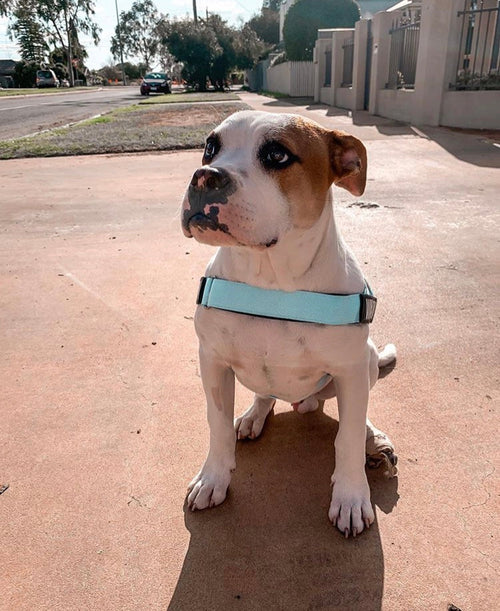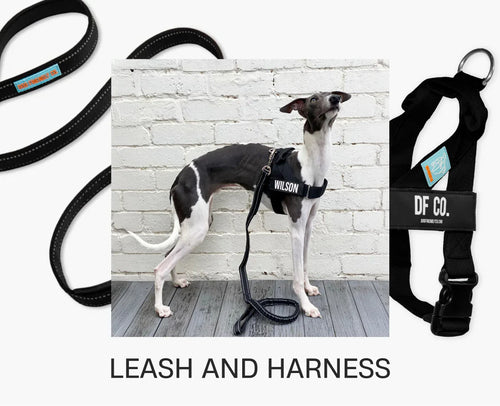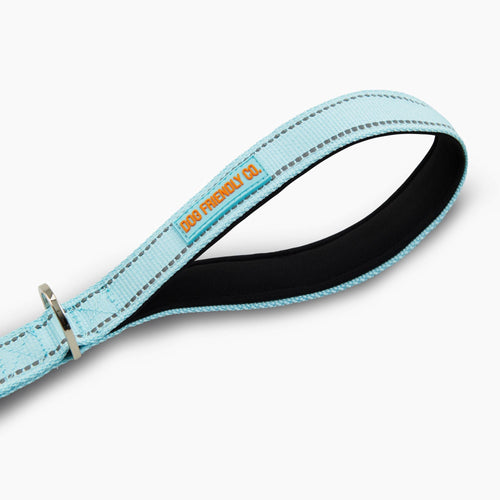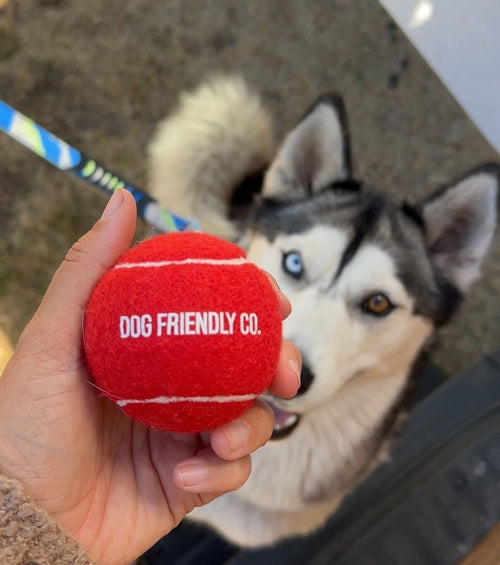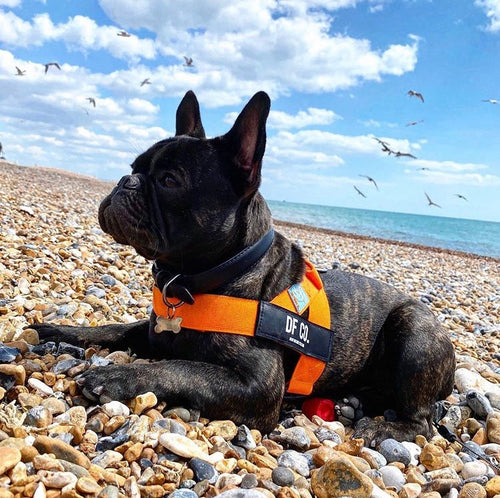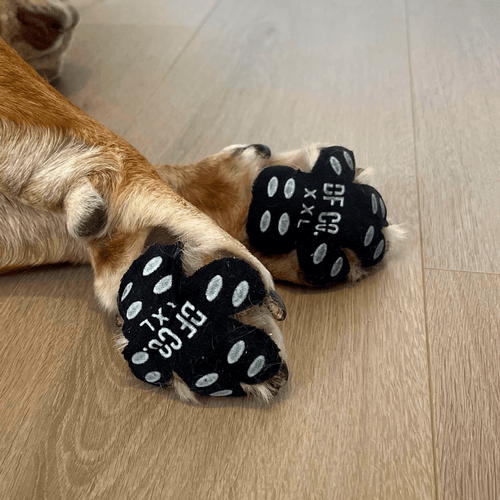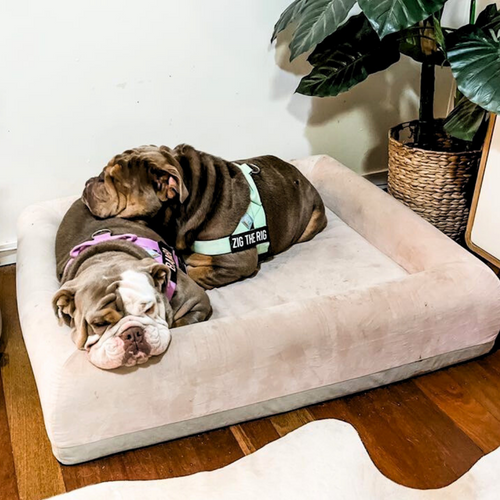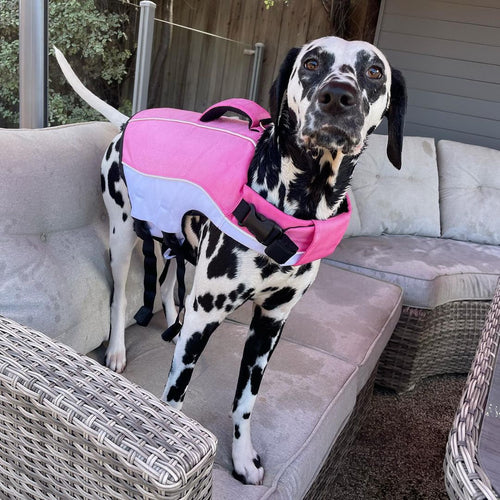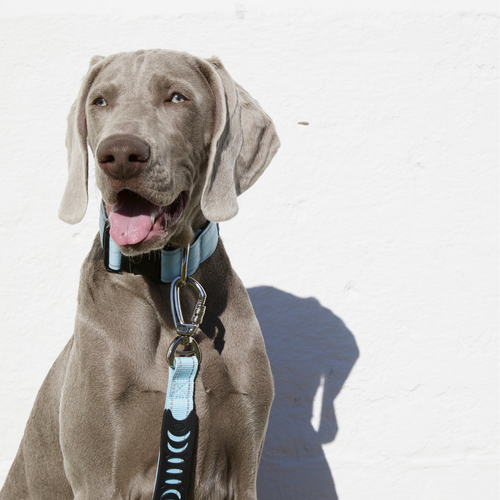We’ve all been there—one second you’re walking your dog, and the next, you’ve got a painful rope burn from that sudden tug on the leash. Even with the best dog leash, rope burn happens when the leash rubs against your skin with enough friction. This can happen in a flash, too, especially if your dog tends to get a little too excited.
While it may not seem serious, it’s important to treat these burns right away to prevent any nasty complications like infection. Taking care of the injury promptly can save you a lot of trouble down the line. Prevention is key, of course, and we’ll cover that shortly. But for now, let’s focus on how to properly treat a rope burn and avoid it in the future.
What is Rope Burn?
Rope burn happens when a leash or rope rubs against the skin with too much friction, causing irritation or injury. The irritation can range from mild discomfort to something a bit more serious, resulting in redness, irritation, and blisters.
As a dog owner, you’ll find that the most common culprit is sudden leash pulls, especially during moments when your dog gets a sudden burst of energy and tries to dart off. It can also happen if the leash is handled too quickly or roughly during walks or training sessions. Other common causes include:
- Quick leash adjustments, like tightening or pulling suddenly while trying to correct your dog’s behaviour.
- The leash slipping through your hand too quickly, especially if your dog jerks or pulls unexpectedly.
- Sudden pulls or darting movements by your dog, causing the leash to rub against your skin at high speed.
- Long leashes dragging across your skin when your dog runs ahead or pulls away from you.
Severity Levels
Not all rope burns are the same. Some might be mild and heal quickly, while others can become more serious if not treated properly. It’s important to recognise the severity early on so you can take the right steps to heal and prevent any complications.
- Mild: This is a minor burn that causes some redness, irritation, or mild discomfort. It’s usually not a big concern and can heal on its own with basic first aid and proper care at home.
- Moderate: At this stage, you’ll notice blisters, broken skin, and some swelling. It’s still manageable, but it’s crucial to keep the area clean and apply appropriate care to prevent infection and promote healing. The burn might be more painful though, and leaving it untreated could slow down the healing process.
- Severe: This is a more serious burn where the skin and deeper tissues might be damaged, presenting a higher risk of infection. If the burn reaches this level, immediate treatment is essential to avoid further complications. You’ll need professional medical attention to properly care for the injury and reduce the chance of long-term damage.
Immediate First Aid for Rope Burn
If you’ve got a rope burn on your hands, don’t panic—it’s something you can manage with the right care! By following these steps, you can take care of the burn properly to help speed up healing and prevent complications. Here’s how to treat it effectively:
Step 1: Wash Your Hands:
Before you do anything, make sure your hands are clean to avoid introducing any germs to the burn. A quick wash with soap and water will do the trick. If you skip this step, it increases the risk of infection, which you definitely want to avoid.
Step 2: Clean the Affected Area:
Rinse the burn under cool running water for about 10-15 minutes to help soothe the sting and get rid of any dirt or debris. If needed, use mild soap to clean the area, but avoid scrubbing or applying any harsh cleaning agents that could further irritate the burn. Gently pat the skin dry with a clean towel afterwards, but leave it slightly damp for the next step.
Step 3: Assess the Severity:
Now, take a moment to assess the burn’s severity—are there any blisters or just redness? If it looks more than a simple irritation, or if you’re unsure, don’t hesitate to seek medical advice. It’s better to be cautious and let a healthcare professional determine whether you need more advanced treatment.
Step 4: Apply a Topical Antiseptic:
Next, you’ll want to apply an antiseptic to keep things clean and prevent infection. Use a wound-cleaning solution like hydrogen peroxide, but only a small amount since it can be a bit strong on the skin. If you prefer something gentler, antiseptic cream is a good option that can also provide a protective barrier.
Step 5: Cover the Burn:
For minor burns, cover it with a sterile, non-stick bandage to keep dirt and bacteria out. Be sure to change the dressing daily, or more often if it becomes wet or dirty, to keep the burn clean and promote healing. Also, avoid tight bandages that could further rub or irritate the burn—comfort is key here.
Step 6: Manage Pain:
If the burn is causing you some discomfort, over-the-counter pain relief can help. Paracetamol or ibuprofen can ease the pain and reduce swelling, but be sure to follow the instructions on the packaging. If the pain persists or seems to worsen, don’t hesitate to reach out to your healthcare provider for further advice.
Treating Moderate to Severe Rope Burns
When dealing with moderate to severe rope burns, the treatment process becomes a bit more involved. It’s crucial to treat these types of burns carefully to avoid further injury and facilitate healing. Here, we guide you through the steps to ensure the burn heals properly:
- Blisters: It can be tempting to pop a blister, but that will only make things worse. Blisters serve as a protective barrier, so it’s best to leave them intact and let them heal on their own. What you can do instead is cover them with a soft, padded dressing to protect the area from extra pressure or friction that might cause more damage.
- Broken Skin: For broken skin, make sure to clean the area thoroughly with water and mild soap to remove any dirt or debris. Apply a thin layer of antibiotic treatment to help prevent infection and promote healing. Keep an eye out for any signs of infection, such as increasing redness, swelling, or pus, and treat them right away if they appear.
When to Seek Medical Attention
If you’re experiencing severe pain or the wound looks more serious than you anticipated, don’t hesitate to get professional help. If the burn doesn’t heal after about a week or if you see signs of infection, it’s time to consult a doctor to make sure everything’s on track.
Signs of infection include:
- Redness or swelling that extends beyond the wound area.
- Increasing levels of pain, or pain that feels like it’s spreading out from the initial wound.
- Fever, often along with swelling and oozing.
In some cases, a healthcare professional may need to provide a more specific treatment to help the skin heal properly.
How Do I Prevent Rope Burn from a Dog Leash?
To prevent rope burns from happening in the first place, be mindful of your leash, your gear, and how you train your dog. With a few simple changes to your routine and equipment, you can reduce the risk and enjoy your walks without the worry of painful burns. Here are some practical tips to keep your hands safe:
- Use the Right Leash: Opt for leashes with padded or ergonomic handles that reduce friction and make holding the leash more comfortable. Avoid thin, abrasive ropes, as they can cause burns more easily, especially when pulled quickly.
- Wear Protective Gear: Consider wearing gloves made of soft, non-slip material. These will protect your hands from the rope’s friction, especially during long walks or training sessions.
- Train Your Dog: Teaching your dog loose-leash walking can help minimise sudden pulling that often leads to burns. Training your dog to walk calmly beside you reduces strain on your hands and keeps the leash under control.
- Use a No-Pull Harness: A no-pull harness can make a huge difference by reducing the risk of abrupt jerking or sudden movements from your dog. This not only prevents burns but also helps your dog walk more comfortably, with less stress on both of you.
Tips for Caring for the Wound During Healing
While the severity of the rope burn will determine how long it will take to heal, there are ways you can speed up the recovery process. These tips make healing a bit smoother, no matter the level of the burn.
- Keep the Area Clean: Gently wash the burn with water and mild soap once a day to keep it free from bacteria. This will help prevent infection and promote healing without causing irritation.
- Moisturise the Skin: Apply a soothing burn ointment or aloe vera gel to the affected area to keep the skin hydrated. This will help reduce dryness in the area and aid in faster healing.
- Protect from Irritants: As much as possible, try to keep the burn shielded from excessive heat, dirt, or chemicals to avoid further irritation. You can cover it with a clean, non-stick bandage to protect it during the healing process.
- Avoid Overuse: Lastly, be mindful of activities that could potentially strain the affected area. This may include going for walks or training your dog. Give it time to heal properly to reduce the risk of re-injury.
When to Consult a Doctor
Most rope burns heal well with basic care, especially if you follow the tips we’ve shared. But if the burn isn’t improving or shows signs of infection, a doctor’s visit is the safest option. You should consult your healthcare provider if you notice:
- Signs of Infection: Watch out for redness that won’t fade, increasing pain, swelling, or any oozing from the wound. These could be signs that an infection is developing and may need medical treatment.
- Deep or Severe Burns: If the burn has gone through multiple layers of skin or exposes tissues, it requires medical attention. Serious burns can take longer to heal and may need specialised treatment to prevent complications.
- Healing Issues: If the wound isn’t getting any better or seems to worsen after a few days, medical advice can help determine the next steps. Slow healing could indicate an infection or, possibly, other underlying health issues that need attention.
Additionally, you should seek help from a doctor if:
- It’s been more than five years since your last tetanus shot.
- You feel the burn on your face, hands, buttocks, or groin.
- You have a medical condition that affects healing, such as diabetes or a weakened immune system.
Long-Term Skin Care After Healing
Even after the rope burn has healed, your skin can still benefit from a little extra care. Taking the right steps can help reduce scarring and keep your skin healthy in the long run. Here’s what you can do to support recovery:
- Scar Prevention: Once the wound has fully closed, apply a silicone-based scar treatment or vitamin E oil to help soften the skin and reduce scarring over time. Keep the area moisturised to improve skin elasticity and overall healing.
- Sun Protection: Freshly healed skin is usually more sensitive to the sun, which can cause dark spots or uneven colouring. To protect your skin, cover the affected area or use a high-SPF sunscreen to prevent UV damage and maintain an even skin tone.
- Monitor for Complications: Even after healing, keep an eye on the area for any changes, such as persistent redness, thickening, or unusual texture. If anything seems off, a doctor can check for lingering issues, such as scar tissue problems or delayed healing.
Keeping Walks Safe and Comfortable
Rope burns might be a hassle, but with the right care, they heal well—and with a few smart choices, you can avoid them altogether. Treating the burn properly from the start helps prevent infection and speeds up recovery, while using a comfortable leash and handling it the right way can stop burns before they happen. A little preparation goes a long way, so you and your dog can focus on enjoying your walks without any unexpected scrapes.

















